Mobilizing Art in Ukraine’s Battle for Freedom

It’s August 2024 but Ukrainian art curator Olena Speranska reflects on February 24, 2022 as the date that changed her life. She awoke at 4:20 a.m. that cold morning to the sounds of Russian bombs.
She, her husband, and seven-year-old child were living in Irpin, five minutes’ drive from the Hostomel Airport. They were close enough to hear and see the bombs’ explosions and feel the shockwaves on the ground.
Before this moment, she had been pursuing her career as director of the international contemporary art residency program, BIRUCHIY. However, at the time of the Russian attack, the family was living in what was becoming the epicenter of Russia’s full-scale invasion of Ukraine. The Russians’ goal was to use the airport as a staging area to capture Kyiv and topple the Ukrainian government.
Olena Speranska signs Wartime Posters (Olena Speranska/LinkedIn)
“We lived on the 10th floor of an apartment building with floor to ceiling windows,” she remembers. “When I usually looked out the windows, I could see the wonderful green forest, but now I saw bombs exploding in the air. There were red flashes of light and muffled explosions somewhere out there in the forest.”
The couple had known an invasion was coming. However, they expected it to come from the Russian border, possibly Zaporizhzhia, a seven-hour drive away. Instead, as her husband said, “The invasion is happening right here, right now.”
That meant they would need to escape immediately. “Of course, I had packed luggage months ago for when the war would star,” she says. “We woke up our son, grabbed the suitcases and fled.”
Initially, the couple had planned to use both their cars to escape, but as Olena remembers, “I was in hysterics and didn’t feel I could drive so we went in one car.”
Being ready to leave at a moment’s notice saved their lives. She learned later that within minutes of their pulling out of Irpin, the Russian invaders began shooting and killing any civilians who were trying to flee by car. “If we had been 10 minutes later, we would have been shot the same way as the others,” she states.
The family made their way to Khust, a small town on Ukraine’s border with Hungary. While there, she felt a desperate urge to help her country. And then it came to her: she could use her background as an art curator to inspire her countrymen. She decided to collect and share Ukrainian war posters.
She knew that posters could remind her fellow Ukrainians of the bravery of their countrymen, inspiring them with messages not just about Ukrainian resilience but ones that reflected the support of the wider international community. She realized that these posters were more important than people might guess because, as she points out, “The first thing Russians do when they occupy a territory, is they burn Ukrainian books and documents, and they place their flags to show that this is Russia. We needed to show symbolic representations of Ukraine, to show that we are still Ukrainian and to show that Russia has not erased our culture.”
To help assemble the Ukrainian war posters, she put up notices on Facebook, requesitng that artists send her their creations. The electronic versions of these artworks began flooding in. One of the early places she shared them in Ukraine was in the city of Zaporizhzhia.
Zaporizhzhia, home to 700,000 people, is in Ukrainian hands, but the Russians occupy nearby areas such as Berdiansk, Melitopol, Prymorsk and Enerhodar. Inspiration and encouragement are crucial to the Zaporizhzhians, but the posters can never be shown in a museum where groups of people can see them and draw inspiration from them.
Instead, they’re spaced out in special weather-proof containers that are scattered around the city. The posters cannot be displayed in one place because among the nastier things the Russians do is, they have spotters on the ground who will relay the coordinates of large group of Ukrainians to then subsequently bomb the area.
As an example, in October 2023, during the funeral dinner to honor the memory of a killed Ukrainian defender, the Russians used an Iskander missile to kill 59 mourners. “All were civilians,” Spreanska laments, adding: “Entire families of several generations died.”
In the last few months, Speranska has assembled 453 posters that are compiled in War Posters, a book now available online. She aims to secure investments so she can publish the book in the United States in an effort to resist and combat the Kremlin’s pervasive disinformation and propaganda campaigns.
“It is important to share the truth about war crimes caused by the Russians in my country,” she reminds us. "People need to know about the cruelty and hate, the daily murders of civilians and the stolen kids. The Russians try to demolish our cities, but first of all –they try to destroy our culture and will for freedom. We need to protect and we must preserve our history and cultural heritage. We have to show that we continue our struggle and the best universal language we can use to do it is art”.
War Correspondent Mitzi Perdue writes from and about Ukraine. She is the Co-Founder of MentalHelp.global, an on-line program that will begin providing online mental health support in Ukraine, available on-line, free, 24/7.
